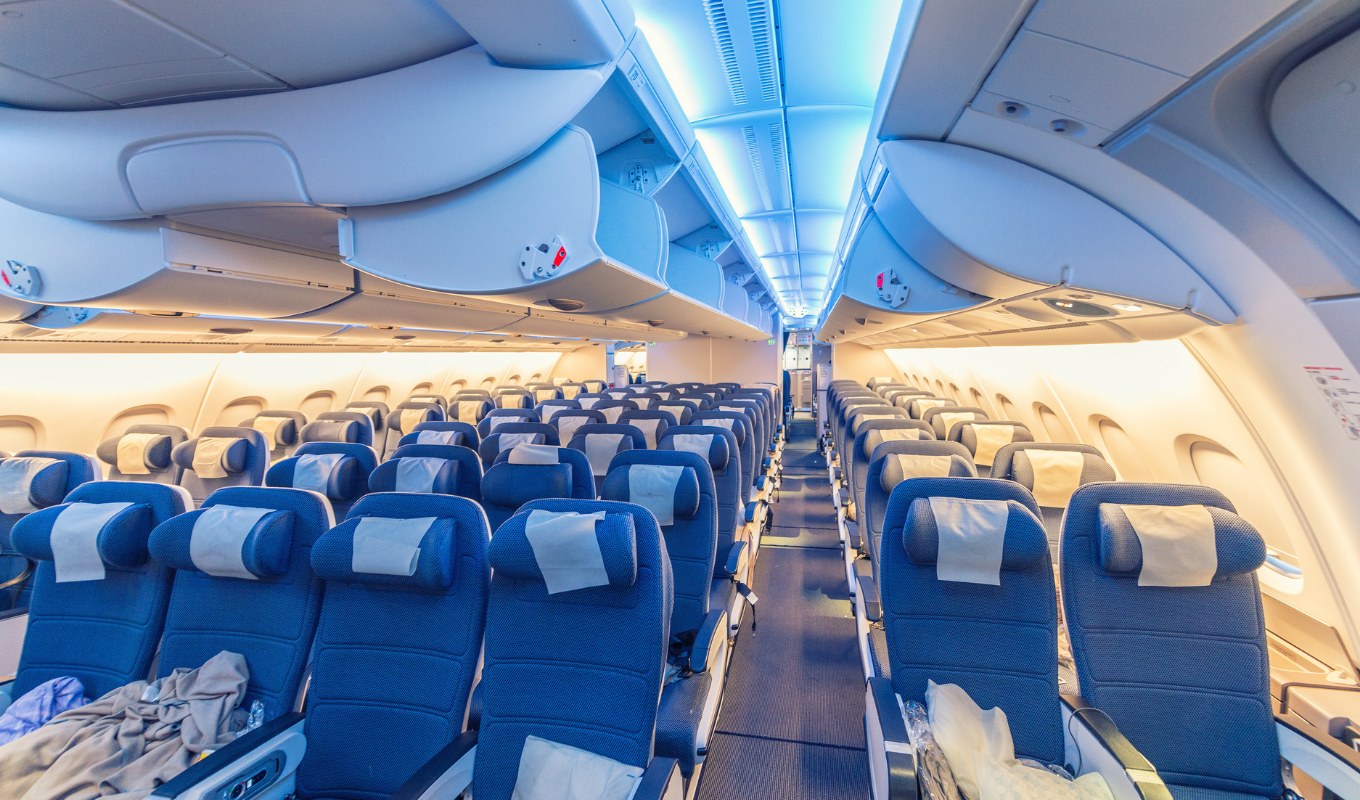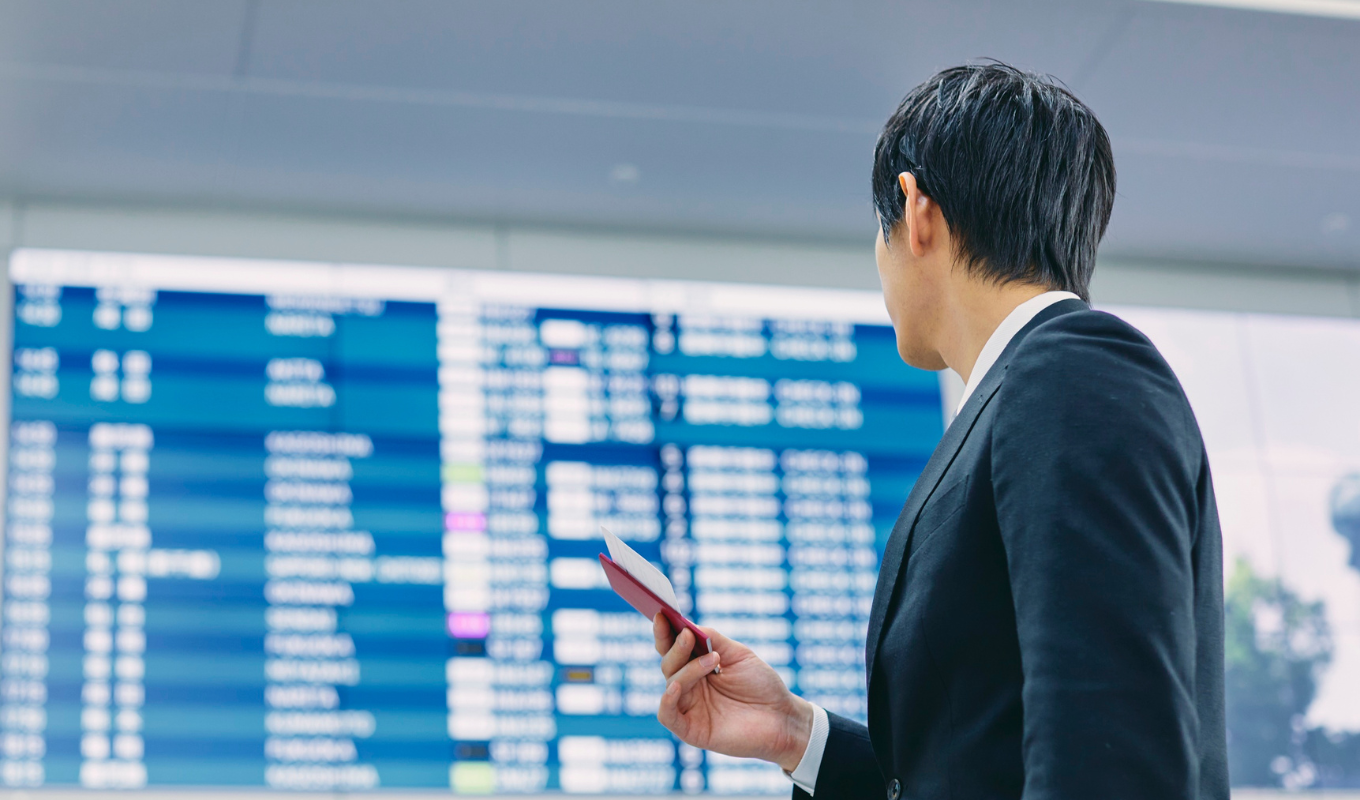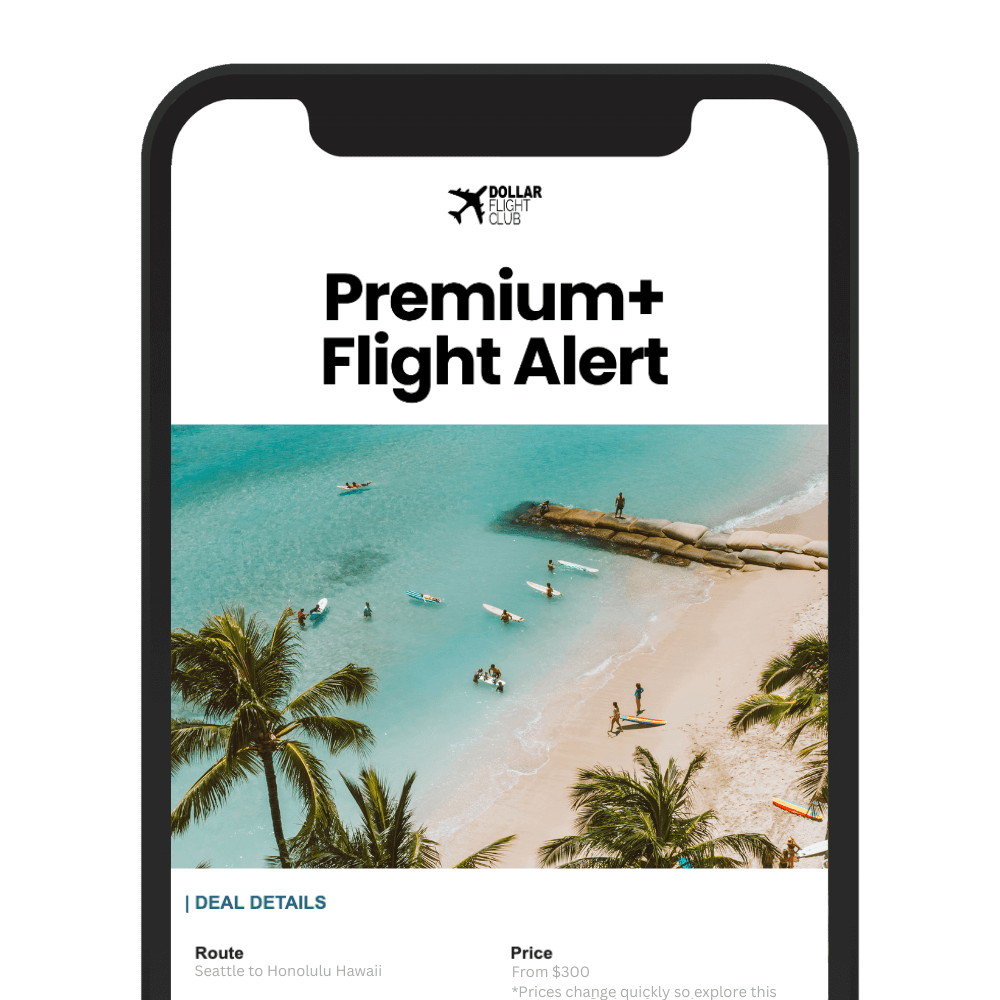Flying should be comfortable for everyone, including passengers with disabilities. Here’s a quick summary of how U.S. airlines accommodate accessibility needs and your rights under the Air Carrier Access Act (ACAA):
- Your Rights (ACAA): Airlines must provide free accommodations for passengers with disabilities, including special seating, assistance, and priority boarding.
- Accessible Seating Options: Movable aisle armrests, extra legroom seats, service animal-friendly areas, and adjacent seating for companions.
- Booking Tips: Request accommodations early, confirm arrangements in advance, and provide necessary details like mobility device specs or service animal needs.
- New Features: Airlines like Delta are introducing wheelchair-ready seats and accessible lavatories, with more improvements planned by 2026.
Plan ahead: Notify airlines of your needs early, confirm arrangements, and use resources like TSA Cares for a smooth journey. Accessible air travel is your right – know it, use it, and fly with confidence.
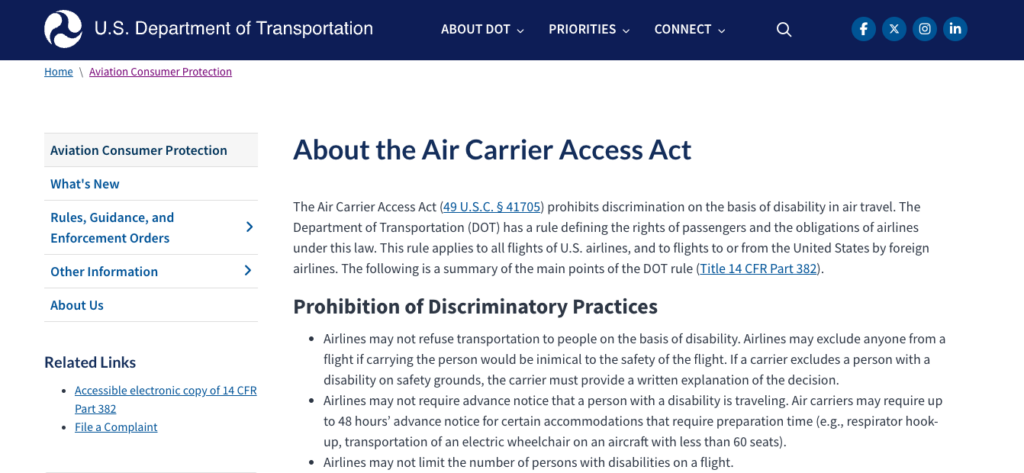
Air Carrier Access Act (ACAA) Rights
The Air Carrier Access Act (ACAA) ensures that travelers with disabilities are protected from discrimination when flying with U.S.-based airlines or international carriers operating to and from the United States.
What the ACAA Covers
Airlines must provide accommodations for passengers with disabilities without charging extra fees. This includes special seating arrangements or other necessary assistance. The law also minimizes the need for extensive medical documentation, making the process smoother for travelers.
Tips for Notifying Airlines
Let your airline know about your needs as early as possible. When booking, clearly outline your specific requirements and request written confirmation of any accommodations. A few days before your flight, follow up to ensure your requests are noted and ready. Knowing your rights helps you secure the seating and assistance you need for a comfortable journey.
Available Seating Options
U.S. airlines offer seating arrangements designed to prioritize accessibility and passenger comfort, aligned with your ACAA rights.
Movable Aisle Armrests
Certain seats come with movable aisle armrests, making it easier and safer to transfer from assistive devices.
Service Animal Seating
Seats near the front or in bulkhead areas are often set aside for passengers traveling with service animals, providing extra space and accessibility.
Extra Legroom Seats
Seats with extra legroom, usually located in exit or bulkhead rows, are available for those with mobility devices or specific medical needs, all while adhering to safety requirements.
Companion Seating
If you’re traveling with a personal care attendant, you can request adjacent seating during booking to ensure they can assist you effectively.
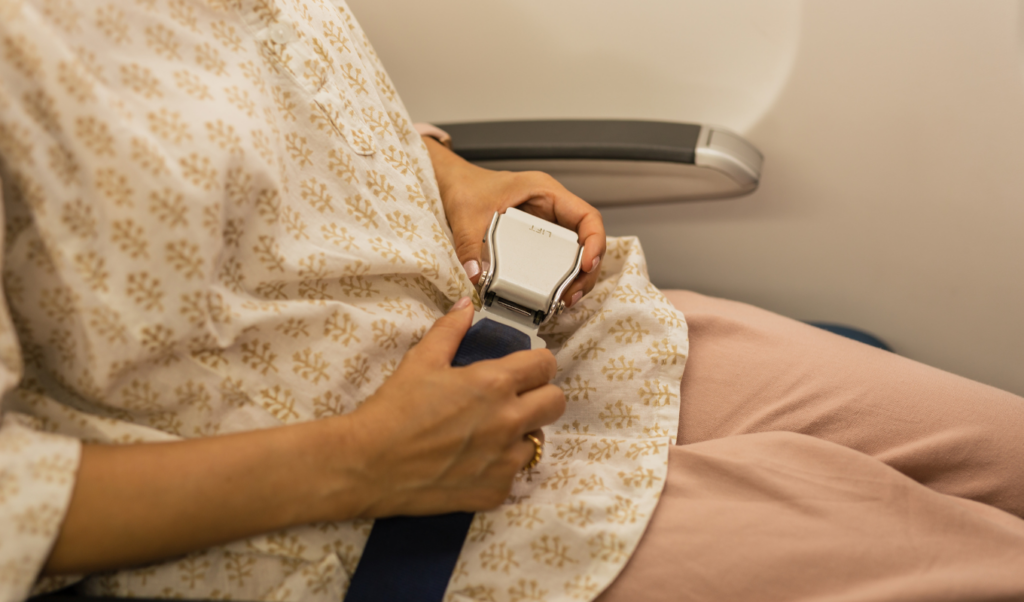
Booking Accessible Seats
After choosing your preferred seating, secure it by following these steps:
When to Book
It’s best to book your accessible seat at the same time you purchase your ticket. This gives the airline enough time to make the necessary arrangements.
How to Request Seats
You can request accessible seating in two ways:
- Use the “Special Assistance” option available in the airline’s online booking system.
- Contact the airline’s customer service directly by phone.
Information to Provide
When booking, be ready to share the following details:
- A note or medical documentation from your healthcare provider explaining your specific needs.
- Information about any mobility devices or equipment you’ll be using during your trip.
- Any additional support requirements, such as help with boarding or accommodations for a service animal or travel companion.
U.S. Airline Accessibility Rules
Federal regulations require airlines in the U.S. to ensure passengers with disabilities have access to safe and comfortable travel. These rules outline how airlines must meet mobility and accessibility needs, forming the basis for the services detailed below.
Airline Support Services
Airlines provide various services to assist passengers with disabilities, including:
- Pre-flight assistance: Help with mobility devices, seating arrangements, and boarding procedures.
- Priority boarding: Extra time for passengers who need additional support to board the aircraft.
- Mobility equipment handling: Careful handling and secure storage of wheelchairs and other mobility aids.
These services are provided free of charge, as mandated by federal law.
Seat Assignment Rules
Airlines are required to accommodate seating needs for passengers with disabilities:
- Adjust seating arrangements for passengers needing additional space or specific accommodations.
- Assign appropriate seats for travelers with service animals or those requiring assistance.
- Ensure personal care attendants or companions can sit close to the passenger they are assisting.
These guidelines help ensure passengers receive the necessary accommodations while allowing airlines to maintain smooth operations.
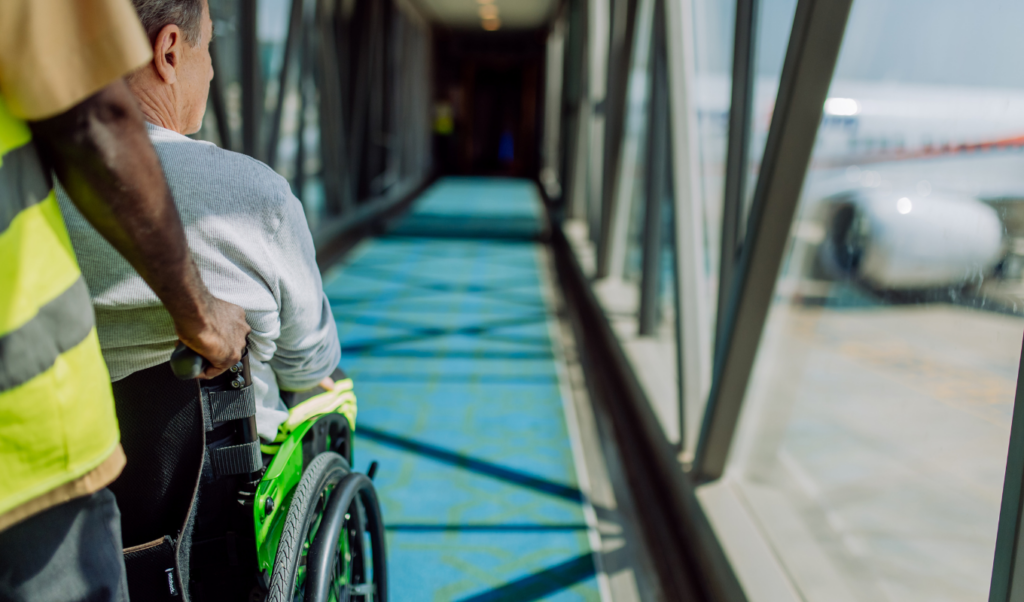
New Accessibility Features
Airlines are rolling out new seating and cabin features to better accommodate passengers with disabilities.
Wheelchair-Ready Seats
Delta Air Lines has introduced wheelchair-ready seats with a larger 36-inch securement area (up from the previous 24–28 inches), designed to fit 95% of wheelchairs. These seats include mechanized locks, sensors, and a PRM Suite design that transforms standard seats into wheelchair spaces in just 90 seconds. Importantly, they meet FAA 16g crash standards.
“We must ensure every customer connects with their journey in ways that enhance their experience”, says Ekrem Dimbiloglu, Delta’s CX Director.
Initial testing has shown a 78% drop in wheelchair damage claims.
More changes are on the horizon to make cabins even more accessible.
Upcoming Improvements
Here’s what’s in store for the future:
| Timeline | Feature | Description |
|---|---|---|
| Q1 2025 | FAA wheelchair space certification | Sets industry benchmarks for in-cabin wheelchair restraints |
| 2025–2026 | Accessible lavatories mandate | Requires new aircraft to include accessible restrooms |
| 2026 | DOT strategic roadmap completion | Finalizes a detailed plan for in-cabin wheelchair restraint systems |
The Air4All consortium has created a patented design that maintains standard cabin layouts while allowing secure wheelchair accommodations. Their system includes adjustable headrests for wheelchair users and adaptable tray tables.
Emirates, meanwhile, is retrofitting its Boeing 777 fleet with wider aisles and secure zones to improve accessibility.
Delta has also upgraded its flight map system for better usability, now engaging 45% of passengers across 165,000 seatback screens.
Travel Success Tips
Planning ahead and understanding what to expect can make air travel much smoother for passengers with disabilities. These tips expand on earlier advice about booking accessible seating and align with the arrangements discussed previously.
Pre-Flight Planning
Reach out to your airline’s accessibility desk at least 48 hours before your flight. Book accessible seating several days in advance to secure priority options, request mobility assistance a couple of days before departure to minimize delays, and confirm all arrangements the day prior.
If you’re traveling with medical equipment, keep detailed documentation handy. This should include manufacturer details and battery specifications.
| Timing | Action | Why It Helps |
|---|---|---|
| Several days | Book accessible seating | Ensures priority options |
| A couple of days | Request mobility assistance | Reduces wait times |
| One day ahead | Confirm arrangements | Verifies all requests |
Once everything is confirmed, plan your arrival at the airport accordingly.
Airport Navigation
Arrive at least 2 hours before domestic flights and 3 hours before international ones. This extra time helps accommodate assistance needs and security procedures.
For smoother security screening, contact TSA Cares ahead of time for personalized support at checkpoints.
In-Flight Support
Flight attendants are available to help with:
- Stowing and retrieving personal belongings
- Assistance to and from the lavatory
- Accessing emergency equipment
- Adjusting seat controls and entertainment systems
You can also request help with periodic position changes to stay comfortable during the flight.
If you’re traveling with a service animal, let the crew know about any specific requirements during boarding.
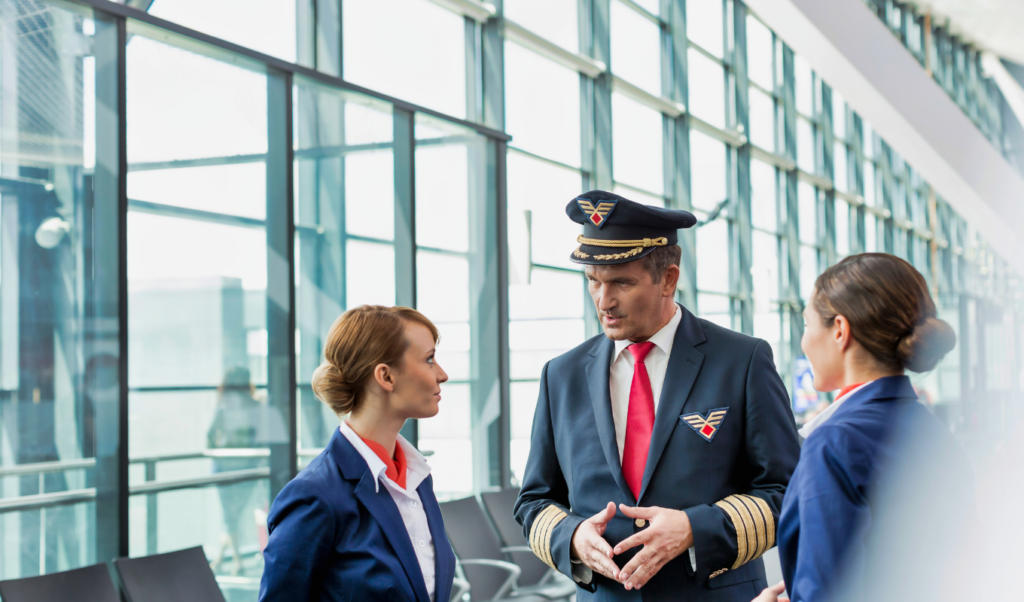
Conclusion
Accessible air travel starts with understanding your rights under the Air Carrier Access Act (ACAA) and preparing in advance. Modern aircraft now provide seating options designed to accommodate a range of needs, backed by thoughtful accessibility features and dedicated support teams.
Planning ahead is key. Clearly communicate your specific requirements, confirm arrangements with proper documentation, and take advantage of resources like TSA Cares, airline accessibility desks, and in-flight crew assistance to ensure a smooth journey.
Airlines are making strides in improving accessibility, with features like wheelchair-friendly seating and better boarding processes.
From booking to arrival, clear communication is crucial. With the right preparation and information, you can approach air travel with confidence and ease.
FAQs
What can I do if my airline doesn’t meet the Air Carrier Access Act (ACAA) requirements for accessible seating?
If you believe your airline has not complied with the Air Carrier Access Act (ACAA) regarding accessible seating, you have a few steps you can take:
- Contact the airline’s Complaint Resolution Official (CRO): Every airline is required to have a CRO available to address disability-related concerns. You can request to speak with them at the airport or over the phone.
- File a complaint with the Department of Transportation (DOT): If the issue isn’t resolved, you can submit a formal complaint to the DOT’s Aviation Consumer Protection Division. Be sure to include details like your flight information, a description of the issue, and any supporting documentation.
The ACAA is designed to protect passengers with disabilities, so don’t hesitate to advocate for your rights if you encounter accessibility challenges.
What steps can I take to ensure my mobility device is handled safely during a flight?
To ensure your mobility device is handled properly during your flight, start by notifying your airline about your needs as early as possible – ideally when booking your ticket. Provide detailed information about your device, including its weight, dimensions, and whether it is powered. This helps the airline prepare for proper loading and storage.
Before boarding, label your device with your contact information and any special handling instructions. You can also ask for a gate check to minimize the risk of damage during transport. Upon arrival, inspect your device immediately to ensure it was returned in good condition. If any issues arise, report them to the airline staff right away.
What accessibility improvements can travelers with disabilities expect from airlines in the near future?
Airlines are continually working to enhance accessibility for passengers with disabilities. While specific features may vary by airline, some improvements expected in the coming years include more wheelchair-friendly seating options, better onboard accessibility for assistive devices, and enhanced staff training to support passengers with diverse needs.
Additionally, advancements in technology may lead to more user-friendly booking systems and mobile apps that cater specifically to accessibility requirements. Keep an eye on airline announcements for updates on these developments to ensure a smoother travel experience.

